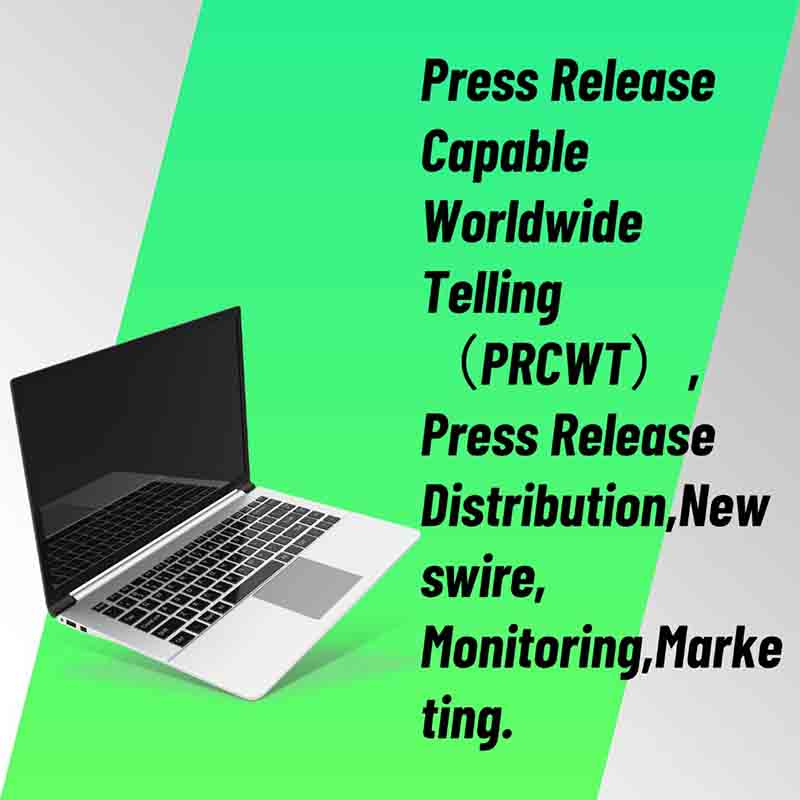In the digital age, media monitoring has become an essential tool for businesses and organizations to stay informed about the conversations surrounding their brands. It involves the tracking and analysis of various media sources, including social media, news websites, blogs, and online forums, to gather real-time information on public sentiment, brand mentions, and emerging trends.
One of the key benefits of media monitoring is its ability to provide early warning of potential issues or crises. By continuously monitoring the media landscape, businesses can detect negative mentions or rumors about their brand and take proactive measures to address them before they escalate. This can help to protect the brand's reputation and minimize the impact of any negative publicity.
Another important aspect of media monitoring is its role in understanding customer sentiment. By analyzing the language and tone used in media mentions, businesses can gain insights into how their customers feel about their products or services. This information can then be used to improve customer experience, develop targeted marketing campaigns, and build stronger relationships with customers.

In addition to these benefits, media monitoring can also provide valuable insights into market trends and competitor activity. By tracking the media coverage of competitors, businesses can stay ahead of the curve and identify emerging opportunities or threats in the market. This can help them to make more informed strategic decisions and gain a competitive advantage.
Overall, media monitoring is a powerful tool that can help businesses and organizations to better understand their customers, manage their reputation, and stay ahead in the highly competitive digital marketplace.
